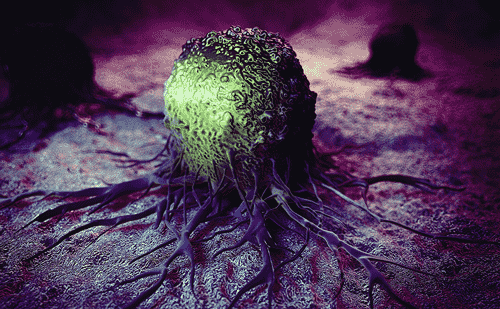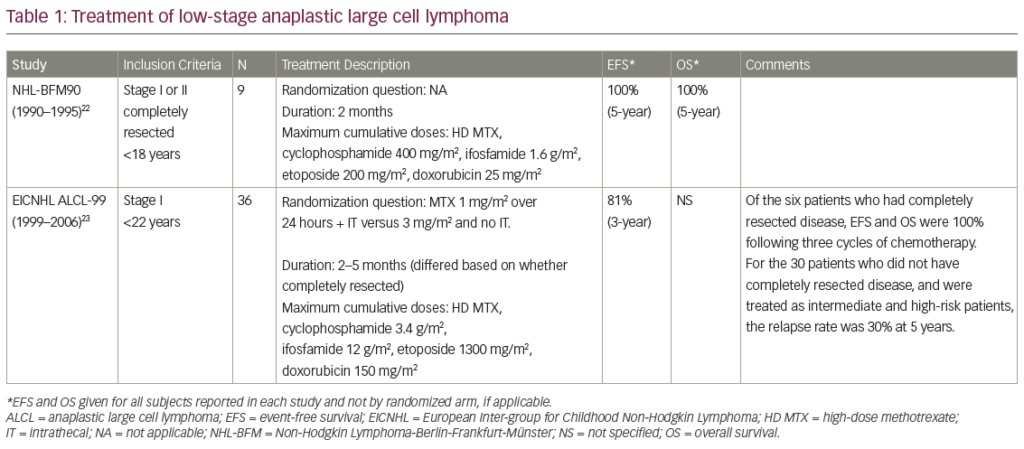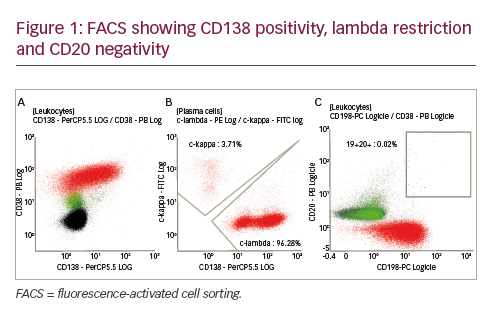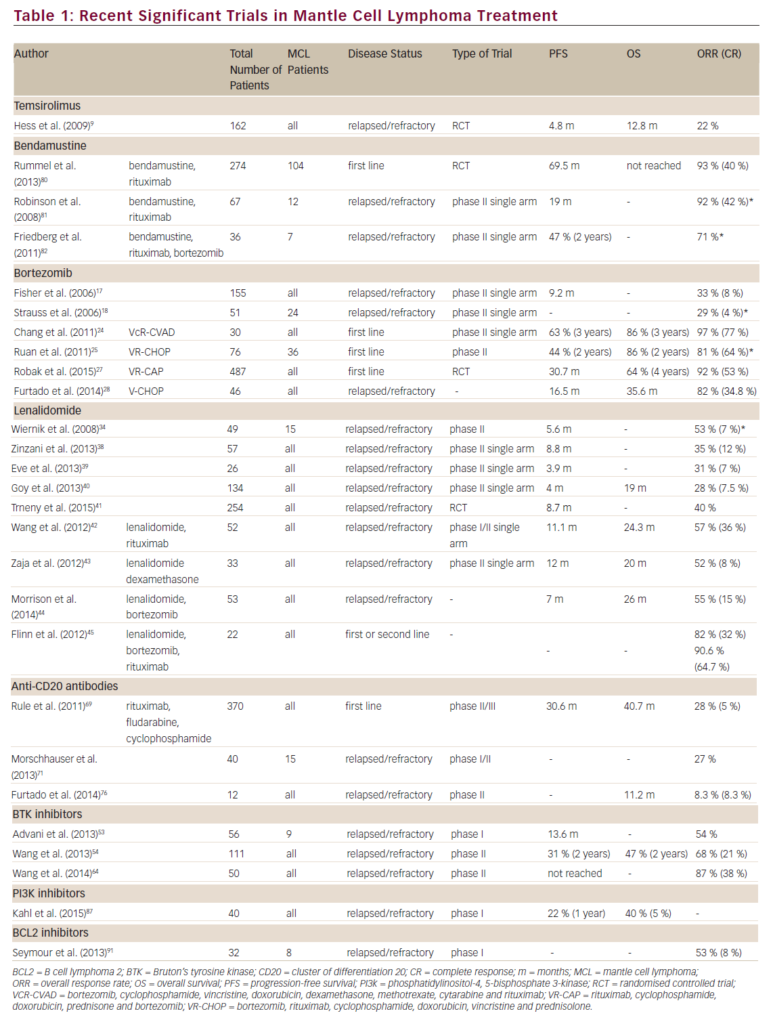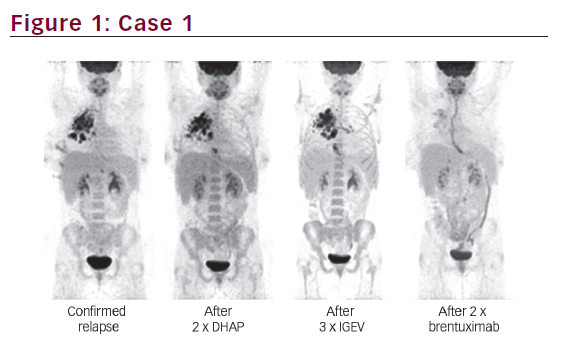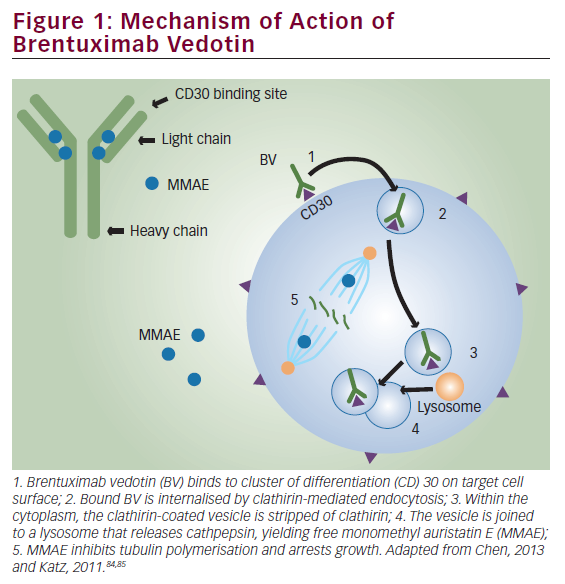Large B-cell lymphoma includes diffuse large B-cell lymphomas, primary mediastinal B-cell lymphoma and transformed follicular lymphoma. These have historically been treated with rituximab, cyclophosphamide, doxorubicin, vincristine and prednisone (R-CHOP). High-dose salvage chemotherapy and autologous stem-cell transplantation (SCT) can be used in case of relapse, however, patients who fail R-CHOP or relapse following SCT have a bleak prognosis.1
Recently, new data from the ZUMA-1 study have been released.4 In an expert interview, Dr Munoz discusses these findings, which provide long-term efficacy and safety data for axicabtagene ciloleucel.
Q. How have the latest findings of the ZUMA-1 study increased our understanding of the efficacy and safety of CAR T-cell therapy?
The main objective of this 2-year update was to assess long-term safety and efficacy of axicabtagene ciloleucel in patients with refractory large B-cell lymphoma.4 At a median
follow up of 27.1 months, 39% of patients maintained ongoing response with axicabtagene ciloleucel. Regarding efficacy, the median overall survival has not been reached at this point. Furthermore, 93% of patients with ongoing response at 12 months remained in response at 24 months. Regarding safety, there have been no new cases of late axicabtagene ciloleucel-related cytokine release syndrome, neurotoxicity, secondary cancers, or deaths since the 1-year follow-up. Taken together, we believe that our results support the fact that axicabtagene ciloleucel both safely and effectively induces durable responses in patients with large B-cell lymphoma who otherwise lack curative options.
Q. What were the limitations of this study?
The study was mainly designed to show an improvement in response, and we did not assess other variables, such as the effect of axicabtagene ciloleucel on quality of life. Data for immunoglobulin levels were not available because collection of immunoglobulin concentrations was decided by each investigator instead of a protocol-specific mandatory assessment. Having said that, we do know that during the course of the study only 31% of patients received intravenous immunoglobulin thus only a minority of patients require immunoglobulin replacement from a practical standpoint.
Another possible limitation would be lack of even more prolonged follow-up beyond 2 years. However, results from large retrospective studies of lymphoma survivorship databases suggest that sustained responses 24 months after chemoimmunotherapy were associated with improved overall survival at 5 years in patients with diffuse large B-cell lymphoma who previously received first-line treatment or after autologous SCT.5
Q. Which patients are most likely to respond to this therapeutic approach?
The ZUMA-1 study led to the approval of axicabtagene ciloleucel in the by the US Food and Drug Administration and European Medicines Agency for the treatment of patients with relapsed or refractory large B-cell lymphoma that received two or more prior systemic therapies. It allowed enrolment of patients with diffuse large B-cell lymphoma, primary mediastinal B-cell lymphoma, and transformed follicular lymphoma that had no response to their last chemotherapy and/or relapse within 12 months of autologous stem cell transplantation.
A subgroup analysis was performed on patients with double-expressor or high-grade B-cell lymphoma (including double- or triple-hit lymphoma) and showed 48% of patients in ongoing response.6 Currently ongoing clinical trials will help us elucidate other subgroups of patients that may benefit from this therapeutic strategy (ZUMA-12; ClinicalTrials.gov Identifier: NCT03761056).7
Q. What factors affect the development of resistance, and how can we best address
this challenge?
Potential mechanisms of resistance include antigen escape (CD19 loss) and programmed cell death ligand 1 (PD-L1) expression.
Relapses may occur when CD19-negative clones thrive even though obliteration of CD19-positive cells has successfully occurred after infusion of CAR T cells. There has been some discussion regarding persistence of CAR T cells as a factor for resistance; however, in the ZUMA-1 study, it was hypothesised that functional CAR T-cell persistence may not be required for long-term remission. This suggestion is based on evidence of B-cell recovery and decreasing detectable gene-marked CAR T cells despite the fact that these patients remain in ongoing remission.
Q. What are the next steps in the clinical development of axicabtagene ciloleucel?
The next steps would be to test axicabtagene ciloleucel in other CD19-expressing lymphomas (e.g. ZUMA-5; ClinicalTrials.gov Identifier: NCT03105336)8 or in earlier therapeutic settings (e.g. ZUMA-7; ClinicalTrials.gov Identifer: NCT03391466)9 while finding ways to improve efficacy and decrease toxicity. Zuma-5 is testing this anti-CD19 construct in indolent lymphomas like follicular and marginal zone lymphoma. The zuma-7 trial is a randomisation between autologous stem cell transplant versus CAR T-cell therapy in first relapse. This is an exciting time to be an oncologist and I am honoured to be an investigator on these CAR T-cell studies. 






